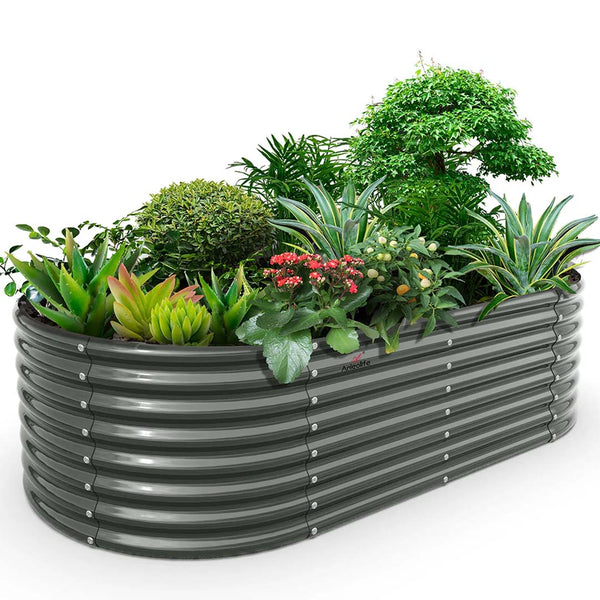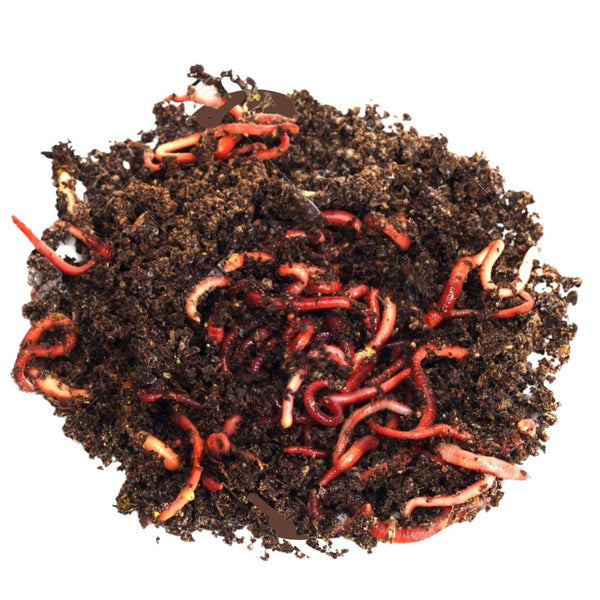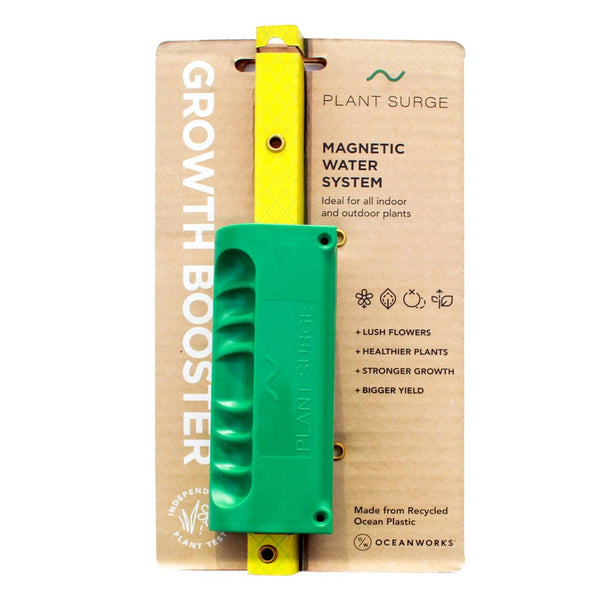The Permanent Amendment: Biochar For Soil That Lasts Centuries When Others Disappear In Months

Understanding Activated Biochar
Introduction to Biochar
You might not think much about timber scraps or chicken droppings, but toss them in a hot, low-oxygen environment, and you've got biochar—our secret weapon for pumping up plant power! This dark, crumbly material isn't just garden bed magic; it's a smart way to keep carbon locked up for the long haul. Where compost breaks down faster than candy at a kids' party, biochar hangs tight for generations. Bet the Amazon folks from 2,000 years ago would have a lot to say about that! They whipped up super fertile soils, or terra preta, that made their crops grow like they’d been hit with plant steroids.
Production Process and Benefits
Biochar's journey from start to finish is like baking in a mega oven. We call it pyrolysis—just a fancy name for heating stuff without burning it up, thanks to very little oxygen. As the heat kicks in, what was once simple biomass turns into valuable biochar, plus gases and oils fit for clean energy and other cool stuff.
Why should our gardens have all the fun? The perks of biochar are like a gift bag with endless surprises:
| Benefit | Description |
|---|---|
| Water Holding Capacity | Grabs onto moisture like it’s a lifeline, so we’re not running for the hose all the time. |
| Nutrient Retention | Acts like a bouncer for nutrients, keeping them from escaping. |
| Soil Remediation | Think of it as soil detox; gives heavy metals the boot. |
| Crop Yield Improvement | More accessible nutrients mean our plants are ready to become giants! |
Mixing biochar with compost isn't just good sense; it's like putting your soil on rocket fuel. Together, they crank up our plants' energy while rolling out a welcome mat for beneficial microbes.
So, if you've ever wanted to turn your backyard into a lush paradise, biochar could just be our new best friend in the race to greener gardens and happier vegetables. Ready to start crafting some eco-friendly soil magic? Peek at our guide on making biochar. Let's do this!
Applications and Benefits
Sprinkling a bit of activated biochar into our garden soil can perform some real wonders. We’re talking upskilled soil health and better water play. Curious how this tiny flake works its magic to make soil richer? Buckle up, we’ve got some tales to tell.
Enhancing Soil Fertility
Toss in some biochar, and watch your soil come alive! This cool-as-a-cucumber substance helps keep nutrients right where plants need them, doing wonders for their growth. It’s not just chat; research shows biochar cranks up soil fertility and makes crops thrive. Just look at ancient paths first trodden in the Amazon.
Here's how biochar gives our dirt the gift of growth:
| Benefit | Description |
|---|---|
| Nutrient Hugging | Biochar holds onto goodies like nitrogen, phosphorus, and potassium, serving them to plants on a silver platter. |
| Big on Cation Exchange | This guy can stack up nutrients better than most, thanks to its super-holding powers! |
| Microbial Wonderland | Biochar turns the soil into a playground for good bugs, boosting the whole underground scene. |
| Bumper Crops | Nutritious soil pumps up the plants leading all the way to healthier crop yields. |
Using biochar drags us towards greener ways of gardening, relieving us from all that synthetic fertilizer hullabaloo.
Improving Water Retention
Now, let’s chat water. Biochar’s got a juggling act going – it absorbs water like a sponge yet shares it with plants generously. This is great, especially when the rain takes a holiday.
Here’s the scoop on how biochar handles water:

| Benefit | Description |
|---|---|
| Slashes Water Needs | Thanks to biochar's thirsty nature, let’s say bye to overwatering madness. |
| Moisture on Tap | It’s like having a water reserve beneath the soil, ready to save thirsty plants when clouds refuse to drip. |
| Soil Chic | This little helper keeps the ground breezy and drainage dandy while holding onto vital H2O. |
Adding biochar into our garden tales means creating a smart, water-wise setup that helps our flora flourish while saving on resources.
Craving more tips on how to maximize biochar's mojo in the garden? Scoot over to our biochar how to use guide to uncover more seeds of wisdom for organic gardening fun.
Biochar's Environmental Impact
Carbon Sequestration Potential
Biochar's like that magic ingredient in a recipe, only it's for the planet. When we make it through pyrolysis, we're basically taking carbon from stuff like wood or crop waste and locking it in a form that lasts—think centuries, not just a few years. This tricks carbon into staying put in the soil instead of floating up as carbon dioxide. It's like giving the atmosphere a breather. Some brainy folks with lab coats have crunched the numbers: biochar might cut nitrous oxide emissions by half and could potentially chop down the planet's total greenhouse gases by 12%, all thanks to turning farm leftovers into this earthy black gold (Earth.org).
| Carbon Lockdown Numbers | Details |
|---|---|
| Nitrous oxide cutback possibilities | Up to 54% |
| Global greenhouse gas cutback potential | Up to 12% |
So, tossing some biochar into our soil mojo not only helps fight climate change but can also supercharge our veggies and flowers. That's a win-win!
Greenhouse Gas Emission Reduction
Biochar's got more tricks up its sleeve than just hiding carbon. It can help soil keep its cool by holding onto nitrogen, meaning we don’t need as much fertilizer (Earth.org). Since fertilizers can belch out gases like nobody's business, this is a game-changer. And here's the kicker—if we mix a bit of biochar into livestock feed, cow burps (yeah, you read that right) could be cut down by 20%.
| Greenhouse Gas Cutback Numbers | Details |
|---|---|
| Methane and nitrous oxide from cows | Up to 20% |
| Fertilizer-related emission drop | Big time |
So, by mixing biochar into our gardening routine, we're not just growing healthier plants; we’re scrubbing the air a little cleaner too. It’s like giving back to Mother Earth while we're at it. For the how-to on getting started with biochar, don’t miss our step-by-step guides on making biochar and biochar in your garden. Go ahead, give your garden and the planet a group hug!
Practical Use and Considerations
Alright folks, let's chat about using biochar in our gardens. It's not just about throwing some black stuff on the dirt and calling it a day. We gotta get the hang of how to make the most of it, and picking the good stuff is where it starts.
Application Methods
Sprinkling biochar around isn't as hard as it sounds. Here's a few down-to-earth ways to work it into our gardening game:
Soil Mixing: This is the go-to move. Mix that black gold right into the soil before we plant anything. It's like giving our soil a power-up, especially if it's not in the best shape. The magic number? Around 10-20% biochar by volume. Tweak it a little based on your garden's mood.
Top Dressing: Already got plants growing? No problem. Just lay a thin blanket (about half an inch to an inch) of biochar around them. Keeps the ground moist and packed with goodies. Over time, it’ll wiggle its way deeper into the soil.
Compost Enhancement: Biochar loves a good compost party. Adding about 10% biochar to our compost mix creates a nutrient-packed feast for our plants. It helps everything break down a bit better, turning our compost into premium garden grub (biochar and compost).
| Application Method | Description | Best For |
|---|---|---|
| Soil Mixing | Mix biochar into soil before plants go in. | Gardens that need a boost. |
| Top Dressing | Sprinkle biochar on the soil’s top around the plants. | Existing gardens that need a little love. |
| Compost Enhancement | Combine biochar with compost for a nutrient punch. | Compost fans. |
Quality and Feedstock Sources
Now, let's not forget – quality counts. We gotta be picky about where our biochar comes from. It can be made from a mix of stuff, but not all of it’s good for our gardens. Here's how to make a wise choice:
Feedstock Type: We’re talking clean and green. Look for biochar made from good stuff like agricultural leftovers, safe forestry waste, or well-managed wood. Steer clear of anything from dodgy sources that might sneak nasties like heavy metals into your garden (Regeneration International).
Biochar Quality: Check if it's got the OMRI (Organic Materials Review Institute) stamp. That means it plays nice with organic standards. A quick peek at things like pH, ash content, and its carbon-to-nitrogen hand can tell us a lot.
Local Sourcing: If we can, buy from nearby. It helps the folks around us and cuts down on pollution from shipping stuff all over creation.
By sticking with the good biochar, we're setting up our gardens to really take off, all while keeping it eco-friendly. If we’re hunting for biochar products that are garden-friendly, there’s more than enough choices to amp up our green thumbs.























